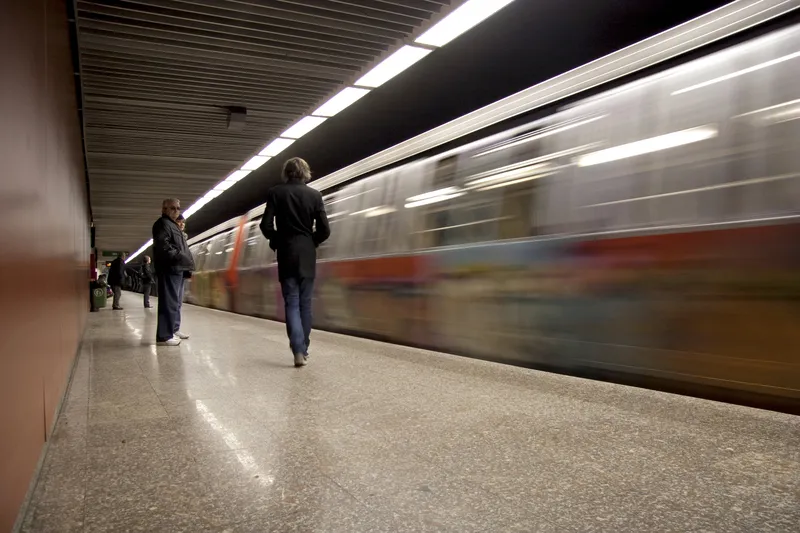
Mobility as a Service (MaaS) is a concept that has been around for some time now - however there is one burning question that remains. What is the value, and for whom? In the public sector, ‘value’ is a complicated issue to unpack and can span multiple domains.
Societal value related to MaaS places a strong emphasis on equitable access to goods and services which inhabitants can easily obtain on a regular basis. In the context of the ‘15-minute city’ this translates into an environment rich with multimodal opportunities to encourage active transportation (walking, cycling), and place public transport at the centre of the shared mobility ecosystem. MaaS is a digital layer that delivers seamless access to multimodal opportunities, thus expanding the options for mobility access.
Environmental value describes how MaaS can encourage modal shift and behavioural changes in urban mobility. Specifically, public sector planners, administrators and public transport operators place a high value on setting strategic policies that shift over-reliance on single-car usage to greener, more carbon-neutral modes. From an environmental perspective, achieving zero carbon has become one of the ‘North Star’ KPIs which governments, agencies and organisations have set for themselves with regards to compliance with UN Sustainable Development Goals and Sustainable Urban Mobility Plans.
Economic value comprises the cost savings or added value which MaaS has the potential to deliver to the public sector, consumers of shared mobility services and public transport. One can determine that the return on investment for successfully implementing a door-to-door MaaS platform can yield economic benefits not only to public transport and rail operators (e.g. increased ridership and passengers), but also to consumers themselves, such as time savings (reducing intermodal transfer times) and leveraging open-mobility marketplaces to compare cost for the best possible multimodal offer (which may include personal cars and parking as individual components in a multimodal journey).
Opportunities for MaaS in the public sector
There are opportunities for collaboration with cross-departmental stakeholders across a variety of agencies. Specifically, MaaS can be seen as a digital mobility marketplace enabler that packages a variety of services and offers to align with added value that public sector authorities seek to deliver.
Some of the MaaS added-value use cases and programmes which can be delivered within the public sector include:
- Agency-wide mobility marketplace — offering a cross-departmental agency open mobility marketplace to be accessed agency-wide (employees, contactors, multiple departments)
- Employee mobility demand — delivering a base level of mobility demand for public sector employee vehicles and usage via MaaS
- Employee mobility budgets — connecting an open mobility marketplace to support freedom of choice and cash for junkers
- New sales channels — creating open mobility ecosystems that encourage and boost digital ticket sales for public transport and rail via multiple B2B consumer-facing platforms
- Goods delivery & kerbside management — orchestrating public and private fleets, parcel deliveries and even shared fleets for multiple deliveries
- Medical & educational mobility access — providing seamless, door-to-door access for medical transport, educational transport and paratransit but integrating with demand-responsive transport
- Urban planning & infrastructure insights — leveraging MaaS and shared mobility data as a digital layer to inform mobility governance, policy and future investment in multimodal capital infrastructure programmes
MaaS has the potential to be the enabler for public sector agencies to better align with societal, environmental and economic policies and goals. But not only that: it is a digital layer that encourages innovation, boosts public/private partnerships and facilitates shared mobility ecosystems that can be delivered to multiple stakeholders via open mobility marketplaces. By taking a more critical view of the actual value MaaS brings to the public sector, we gain better insights into the role it will play in the long term as cities emerge from the Covid pandemic and seek to be more sustainable for all inhabitants.
ABOUT THE AUTHOR

Scott Shepard is VP of Iomob
This is an edited version of an article first published on Medium.com










